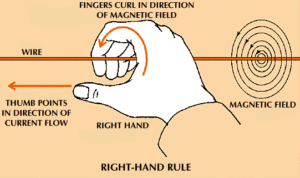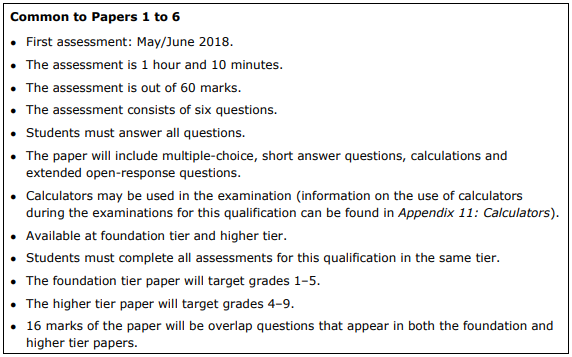Mock test. 1 hour and 10 minutes. 60 marks available.
Edexcel Combined Science Paper 6: Physics 2
Good Luck!
Is this higher or foundation?
This is a combined paper for higher and foundation students. You can achieve grades 1 – 9 on this paper, so it is suitable for all. Grades are moderated against the average result to give the most accurate indication of your performance. You can look at – How is this paper marked? for more information.
How is this paper marked?
This paper is automatically marked to determine which questions were answered correctly.
Your grade is determined using a Z-Score moderation system. Your GCSE exams are also moderated comparably so that the difficulty of papers is taken into account.
Roughly, this works by calculating your overall percentage and comparing it to the average percentage and the standard deviation. This means that for harder papers you need fewer points to get the same grade as you would for an easier paper.
As more students attempt the paper, the average score and standard deviation more accurately represent the difficulty of the paper and the grades become more accurate.
Making these papers and the marking system took considerable effort so if you found them helpful for your revision, please show your appreciation by rating the page.
What does Edexcel Combined Science Paper 6: Physics 2 cover - in more detail?
Paper 6 covers the remaining material in physics not covered in paper one, there is little overlap between papers unlike in the chemistry and biology papers. Energy, work and forces are at the core of this paper where students are expected to apply the principles of work to other topics. The goal of this paper is to help students to understand the role of energy in the environment and also prepare students for further study.
CC7 starts with energy and work with CP8 moving on to forces and their effects. Vector diagrams will be used and students will be expected to explain how objects can affect each other. CP9 covers electricity and circuits, touching on a large amount of information such as current, voltage, charge and resistance. Moreover, CP9 assesses students’ knowledge of the way in which energy is transferred and how this relates to power and importantly, electrical safety. CP10 tests for magnetism and the motor effect, meaning how magnets and magnetic fields work as well as electromagnetism. CP11 checks on familiarity with transformers and energy and relates them to previous topics. CP12 covers the particle model and how particles relate to density, how gasses and their temperature are affected by pressure and various energy calculations. Finally, CP13 considers forces and matter, bending and stretching of materials and energy transfers.
If you feel like you’re not quite ready to tackle this test, then you should check out the last one – Edexcel Combined Science Paper 5: Physics 1.





